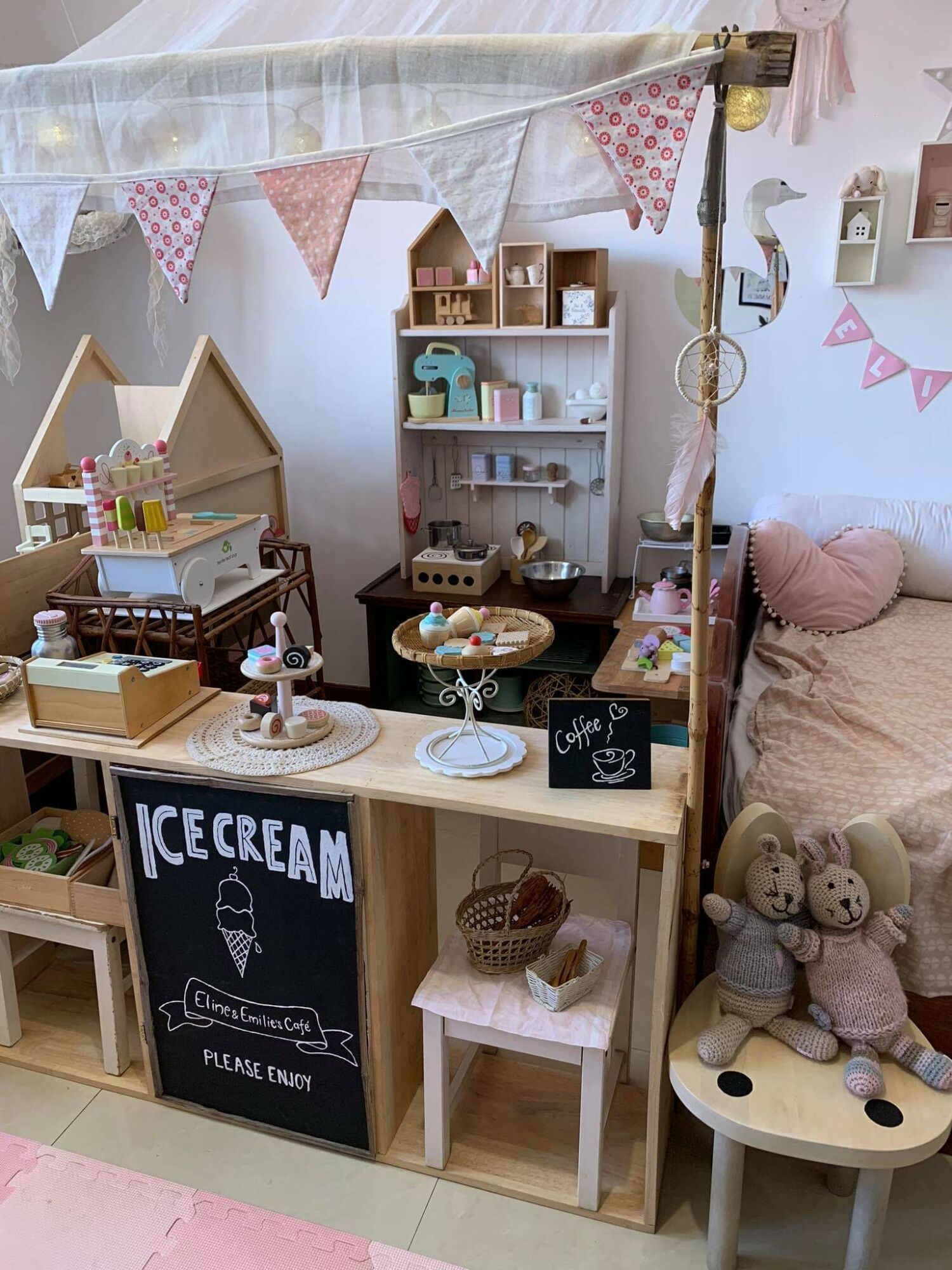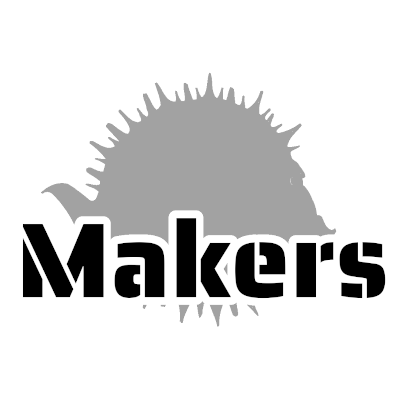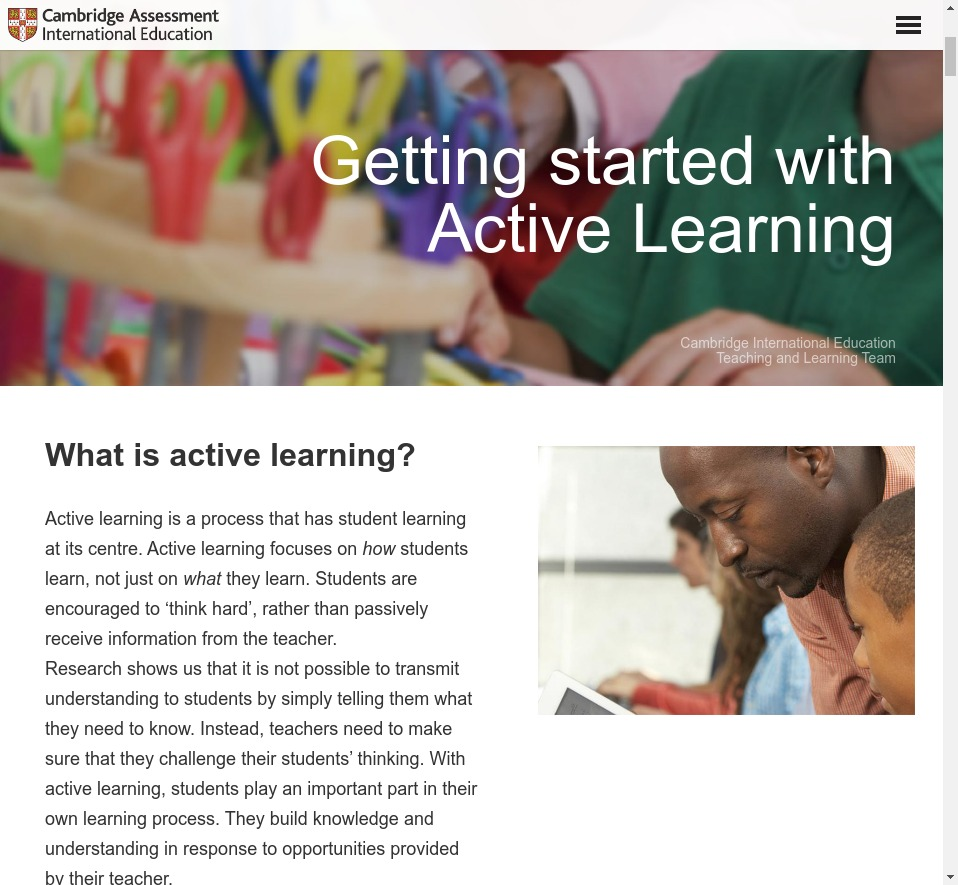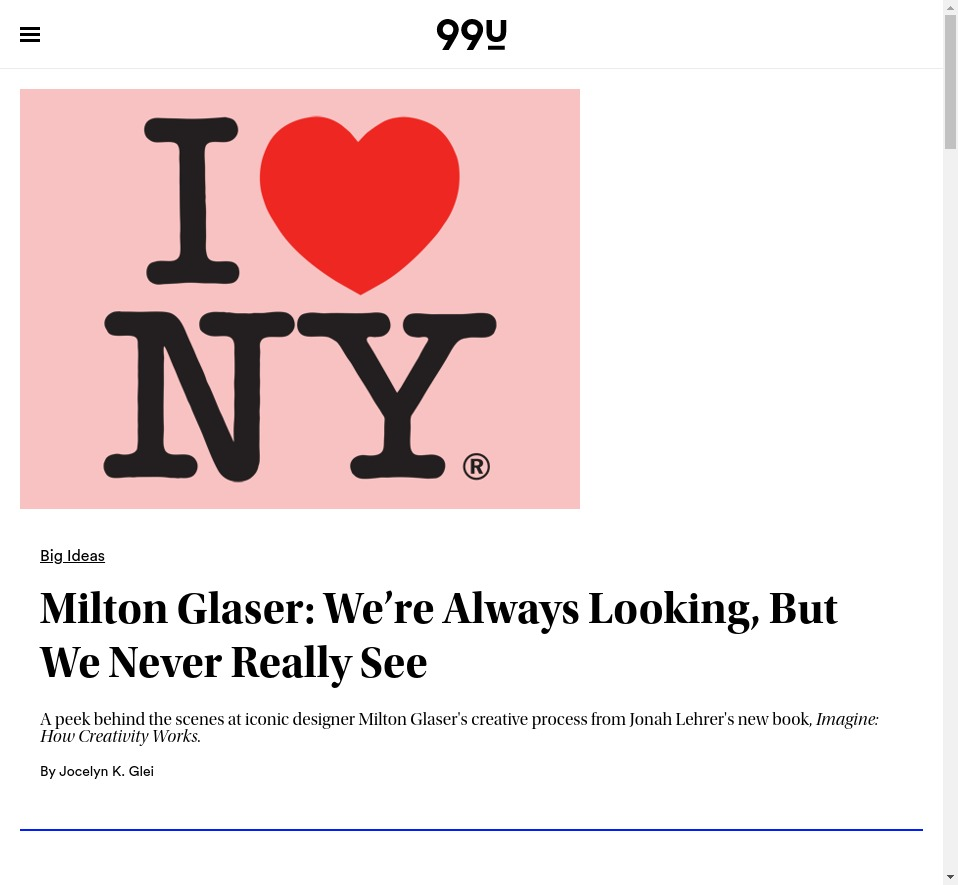Updated:
Kids inherit wealth or poverty from parents. How about creativities? Biologically, maybe at some level. Probably, negligible. Recent researches revealed that people inherit creative potential, but that does not guarantee actual performance, or results. Environmental factors must be playing the major role. Mozart became the greatest composer in history not because his father was a violinist, but because the father gave him the best possible education in music at the time. Not all parents are fortunate in having such options to kids. But you are not raising another Mozart, are you? There are always things parents can do for kids.
My neighbour, Simon and Katrine, the owners of Babel Guesthouse, have daughters. A few days ago, it was the birthday of their daughter. In the morning on that festive day, the mother showed me pictures of her gifts to the daughter.

They built a small ice cream shop in a room. Look at the details. A small kitchen, cooking utensils, and a signboard. They even installed a PoS system. No compromise. God is in the details.
Their product, an ice cream shop, shows exactly what creative people can do. In this country, options are always limited. No Toys”R”Us. Very few craft stores. They used whatever available in the town. For them, “making things here is easier and cheaper than in Norway”, the mother said.
Katrine asked what the daughter like by showing pictures on the Internet. Three-years-old kids do not know what they like because, naturally, they like whatever they see. Here is the problem: “what is the best birthday gift for my daughter?” There are many possible solutions to the problem. She does not like plastic toys as they are fragile, sometimes even toxic. She wanted a unique, robust, and safe gift, which would be remembered in the daughter’s whole life.
Although the parents probably never put into words, the problem can be described as a problem statement:
As a kid, I would like to enjoy the experience in an ice cream shop, buying an ice cream, paying money for it, and tasting it so that I can enjoy my birthday with my friends, and remember the day as one of the best birthday in my life.
Next, the parents created the ideas to solve the problem. What is necessary for that experience? A counter to order ice creams. A signboard to welcome customers. A kitchen with cooking utensils. Payment must be part of the experience, too. Lastly, as the user is a kid, the shop must be cute! Let’s see what others are doing in similar projects. The Internet has great resources to find interesting, creative works, like Pinterest.
They now have ideas. Are materials available in the town? Some are available, others are not. Maybe something else can be re-used? Let’s see what is available at local shops. Sakura has many second hand, or recycled products from Japan. You cannot order a real signboard for this purpose. Let’s make one as paints are not very expensive.
The result is — you probably agree — a great product. The parents has another plan for the next Xmas, too. But I do not reveal the idea here. No spoiler.
During the process, they must have learnt many things. What kind of paints should be used for the signboard? To make it realistic, but cute at the same time, what should be placed? Katrine said “it was easy”, but there must have been many challenges — maybe small ones — and findings. She just never realized she actually learnt something in the process, but they did. They learnt not because they were told to do so. They had a problem to solve, and they learnt to solve the problem by doing. In this process, learning is not a goal, but a method to solve problems.
If you are a designer, a developer, or one of those who work in product development, the story sounds quite familiar. They are practicing Design Thinking. If you are a teacher, the last paragraph might be familiar. It is called Active Learning.
Design Thinking
Design Thinking (wikipedia) is a process to create products — commonly practiced in industries — in which products are designed, developed and manufactured with solution-focused thinking. Simply put, it is a process for innovation.
Design thinking refers to the cognitive, strategic and practical processes by which design concepts (proposals for new products, buildings, machines, etc.) are developed.
They empathized user’s need (the daughter, in this case). What does her daughter love? Asking users what they want is often a bad idea in product development. Most of people often request what, they think, they need, which is not necessarily the solution to the problem. If you asked someone in the 18th century what they need, they would have said they need a faster horse, not a car.
The problem statement above is called “user stories” in software development. A user story is used to describe the problem from the users’ perspective to clarify and simplify the requirement. Note that the subject in user stories is not the designer, or the creator, of the product, but the user of the product. A user story must clearly describe who wants to do what and why. The parents then explored possible solutions, and explored creative ideas. With ideas and available materials in the town, they prototyped the product. It must have been quite a challenge when you have two small kids. As the birthday is only once a year, you cannot redesign, or improve your solution this time, but maybe next year? Or Xmas? They will surprise kids with different solutions, and they will continue doing so. This is called “Iteration”.
Active Learning
Active Learning (wikipedia) is:
a method of learning in which students are actively or experientially involved in the learning process and where there are different levels of active learning, depending on student involvement
Active Learning is widely used in STEM — science, technology, engineering and mathematics — education programs.
What is active learning?
Active learning is a process that has student learning at its centre. Active learning focuses on how students learn, not just on what they learn. Students are encouraged to ‘think hard’, rather than passively receive information from the teacher.
Traditionally, teachers transfer what students should learn, and the students apply the knowledge to problems. In Active Learning, problems are given to students, and the students learn knowledge to solve the problems. It does not negate the value of lecturing, but gives students strong incentives to learn by doing.
Not just another buzzword
Design Thinking is not a new idea. There are many early examples of Design Thinking in history. Some creative people, and makers, practice the theory knowingly or unknowingly. In software development, the idea is one of the most basic concept you should have grasped before claiming to be a developer.
In most of projects by makers, creating things is a process to practice Active Learning. You want a solution to problems you are facing, but modern technologies almost always requires you to learn new things, or learn old things the hard way; by making mistakes. Learning by doing, or learning by making mistakes, is a great way to learn. You never forget the mistakes you have made, the reasons of the failures, and the solutions. Theories and knowledge are still important. Active Learning gives students incentives to learn knowledge and theories.
But you need a name to actually see the ideas. Milton Glaser, the designer of “I ♥ NY”, once told in an interview, “We’re always looking, but we never really see.”
Milton Glaser: We’re Always Looking, But We Never Really See
“That sketch taught me something interesting about the mind,” he says. “We’re always looking, but we never really see.” Although Glaser had looked at his mother every single day of his life, he didn’t see her until he tried to draw her.
To applying the ideas to organizations, development processes, or even classrooms, you need to name the ideas, and theorize the ideas. Traditionally, Active Learning education programs are called “workshops”, or “hands-on activities”. Some says that Active Learning is “probably the oldest teaching method.” Humans learnt how to use fire by doing. The biggest difference is that many see the ideas now, and explore, theorize, and apply the ideas.
Makers to the rescue
We need creative, innovative people with knowledge and experience, and abilities to learn and apply the knowledge to problems, but how?
At “Makers”, BBC micro:bit course and other courses for beginners are aimed at providing this kind of development process, and opportunities to solve problems by learning. I, an engineer, am not a teacher, but have been a professional troubleshooter. Students of the class will learn not only Design Thinking, but troubleshooting skills by experiments, too.
Do you like the idea? If you do, please support the project. The kickstarter project is currently under review. We will publish the updates about the project in the blog soon.
We have published a post about our plan of BBC micro:bit courses before. Hopefully, I will be able to introduce micro:bit to curious readers. DHL send me an SMS message today, saying my order is on its way.
Final words
Be creative to raise creative kids. You do not have to be rich for that. Money can solve certain types of problems, but creativity can do a lot more than money. I do not know what the result will be in the daughter’s life. Probably, the products the parents built for kids, their attitude towards problem-solving, and kids’ experience on their birthday, will make them creative. When the two daughters are old enough to be able to understand the problems their parents have solved, the daughters will appreciate the efforts and understand why they did. These are certainly the greatest gifts to their daughters.


